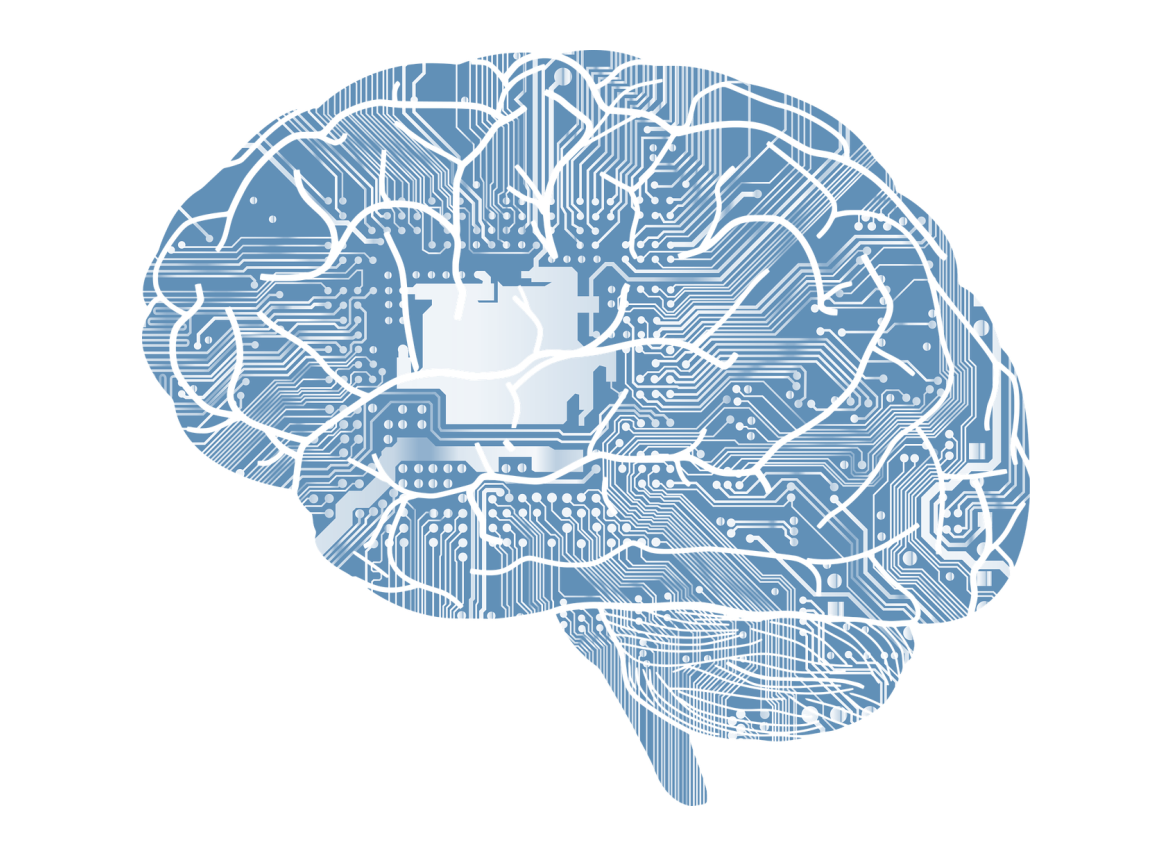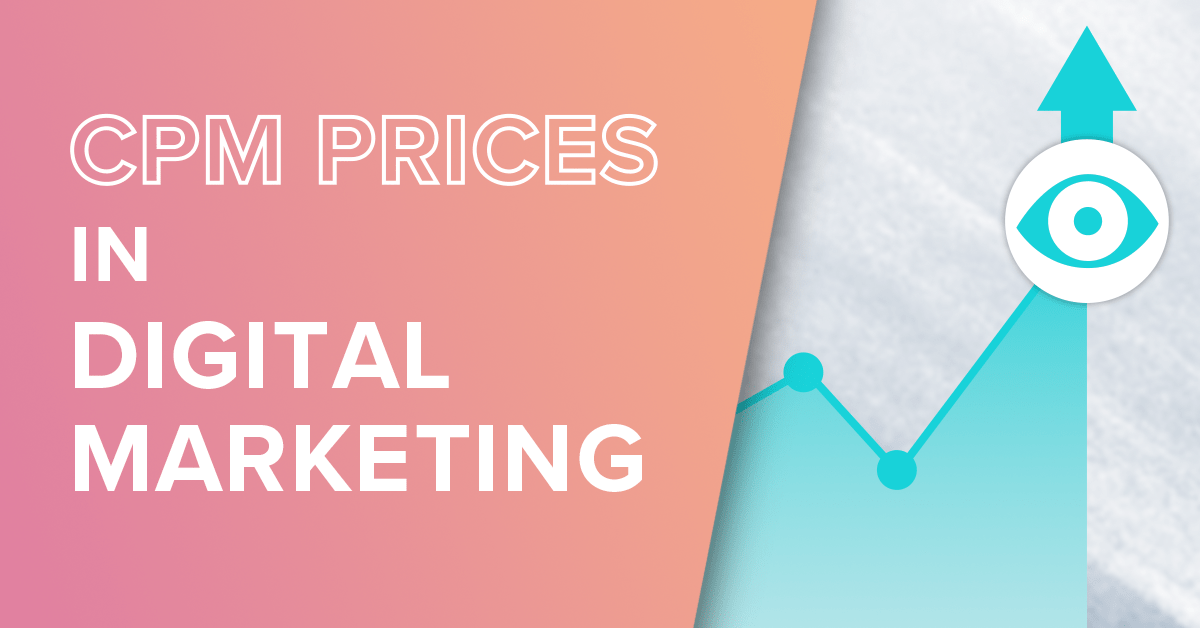Top 7 Disruptive Advertising Trends 2018
Februar 9, 2018

UPDATE: This article talks about 2018. For the most recent marketing trends, check out the post about Top Marketing Trends for 2019.
As we’ve now well and truly kicked off the new year, it’s essential to look forward and examine what trends will arise in the advertising space during 2018. Some of these trends have been brewing over recent years, others are just quickly emerging now. We’ve explored the future and will be revealing to you the top 7 emerging this year.
https://www.youtube.com/watch?v=TgLUlLBBztM
Looking back to 2017 we saw numerous changes in the advertisement space, with great advancements in mobile, web, online video content, VR and AI. For the first time ever digital ad spend surpassed traditional TV. Mobile traffic and video is still increasing.
2018 will be a game-changing year for advertising, so let’s jump into it!
1. AI and Machine Learning
The Artificial Intelligence revolution will play an increasingly significant role in the way that advertising is conducted in 2018. Applied AI (also called narrow AI) is heavily anchored in programmatic advertising technology, and the algorithms are estimated to become increasingly efficient this year. Becoming even more accurate in predicting which internet users are more likely to purchase a product, across display, TV, Radio, Out-of-Home, and even home appliances like VR or your connected fridge.
Machine learning is a subset of AI that focuses on a computer’s ability to teach itself new decision patterns without being explicitly programmed to do so.
Programmatic advertising is driven by AI technology, with machine learning primarily used on top of RTB (Real Time Bidding) to determine which display ad impressions should or shouldn’t be bid upon, and thus shown to the end user. Machine learning will continue to mature in 2018, resulting in increased viewer targeting capabilities and ad relevance.

The intelligent algorithms being developed are fully capable of adjusting their actions according to their learned ‘experience’. The algorithms used in programmatic advertising base their actions to maximise the fulfilment of a defined objective – such as reaching a CPA (Cost Per Acquisition) lower than $X. This process is destined to become more sophisticated and widespread by the end of the year.
Programmatic platforms built around AI are also improving quickly – the near future promises ad tech companies being able to predict conversion rates and ROI (Return On Investment) more accurately. Machines will continue to provide this invaluable output based on their interpretation of user data and attributes. Although 2018 won’t be the year that AI robots plot to take over the world, it is a sure bet that digital advertising will only become smarter.

2. Transparency
Despite programmatic advertising’s explosive growth over the last few years, there are still concerns circulating the methods used in the ecosystem. One of the biggest worries is in regards to transparency, or a lack thereof. Advertisers are seeking to know exactly how their investments are being allocated, and which fees are paid where. Resulting in a shift towards bringing programmatic in-house and having a clear system that breaks down ROI, with full cost transparency across all reporting metrics.
2018 will bring about a development in programmatic platforms so as to consider transparency a top priority. Displaying an advertiser’s campaign performance through intuitive graphics that highlights where the ads are being displayed, who they are being shown to, and how successful they are – is key. Providing these insights on performance drivers gives advertisers more control and allows them to understand where the value lies in their campaign. Again, this is something advertisers and publishers will demand more of as they want to be able to totally manage their campaigns and exercise changes in real-time.
3. Programmatic Advertising taking the lead
Over the last few years, the programmatic industry has been plagued by problems such as widespread ad fraud, view ability issues, lack of transparency, and brand safety issues. Nonetheless, the share of programmatic advertising spend has been growing steadily year by year, and is expected to become 2/3 or 67% of digital display advertising in 2018.
With advancements in performance and transparency, along with programmatic spreading to new digital ad formats such as TV, radio, out-of-home, the rapid growth is likely to continue throughout the year.
4. Blockchain changing the game across industries
Originally invented to trade cryptocurrencies such as Bitcoin, this technology is now being developed across industries. It’s ability to fix security and control issues such as ad fraud, transparency and authentication has the potential to disrupt the digital advertising ecosystem forever. 2018 will probably not be the year that it reaches mass adoption, but marketers should be aware of the positive implications Blockchain will have.

5. The shift from agencies, to bringing programmatic in-house
During 2017 the industry started witnessing a movement of advertisers leaving the big media agencies to regain control of and transparency in their campaigns. At the forefront of this movement is the world’s biggest advertiser Proctor & Gamble, who cut half their agency costs during 2017 for these very reasons, saving $750 million. Lack of media transparency in fees and correct pricing, viewability, ad fraud and brand safety are urging advertisers to take control.
It seems that marketers are no longer willing to pay a high retainer for a routine ad-buying strategy. They are moving their programmatic media buying to smaller performance focused independent agencies or in-house, using self-service platforms to get full insight, control and increase ROMI (Return-On-Marketing-Investment). As a result, marketing directors are hiring experts for their internal ad teams to a larger extent.
6. Get friendly with compliance, GDPR and more legislation coming
A challenge marketers will have to face in 2018 is the upcoming GDPR in Europe, and the following global ripple effects. Stricter limits on the usage of personal cookie data are forcing marketers to abide by the laws or face the consequences of fines up to €20 million.
Marketers and compliance teams need to educate themselves on the rules of GDPR before it goes into effect in May 2018.
7. New Advertising Formats
As the Internet of Things is connecting more and more mediums to be marketing touchpoints, the foreseeable future will likely see the unification of programmatic ad campaigns across a variety of formats. TV, Radio, Out-of-Home, are already being used in programmatic, and VR, connected home appliances etc., are soon to follow. Voice assistants (think Siri, Alexa and Google Assistant) are becoming better every year, and holds marketplaces where advertisers should be present.
It is clear that programmatic technology will improve to deliver timed and targeted advertising messages to individuals, but a future where these ad campaigns are unified and delivered through Internet of Things mediums is well on the horizon. This in turn will reshape the landscape of programmatic, creating new opportunities to unify media buying.
Conclusion
The future of advertising is fully programmatic, and in 2018 the industry will continue its overwhelming shift towards these mediums. With maturing technologies making it possible to capitalize on actionable consumer data and automatically access target audiences without human involvement, the industry will be hyper-focused on programmatic across all new ad formats. This will result in greater budgets, and ultimately, greater results. As the programmatic industry continues to grow, it is up to advertisers and publishers alike to work together and maintain transparency to ensure the growth and success of the industry – it’s a shift that we can’t wait to see!


